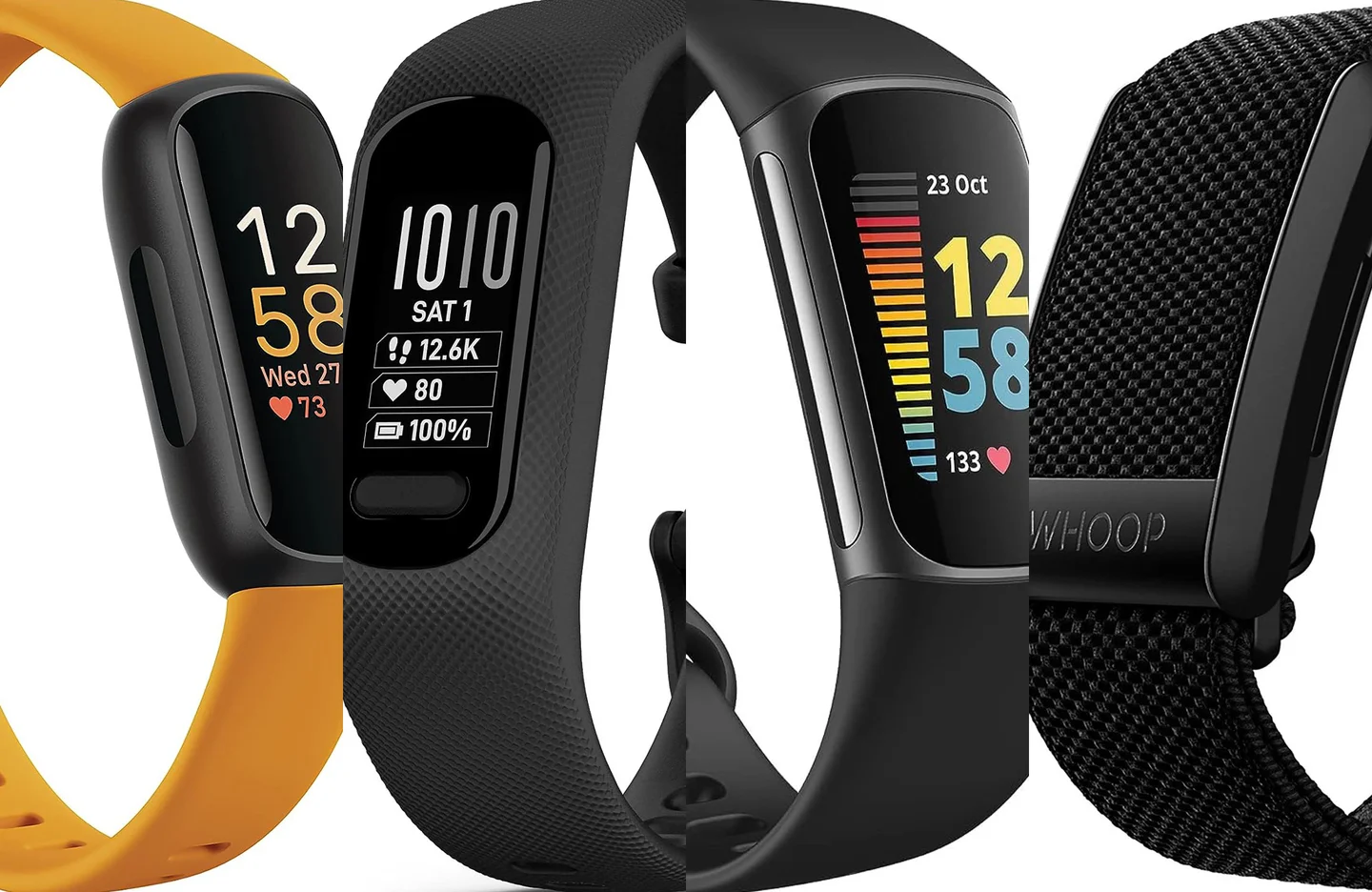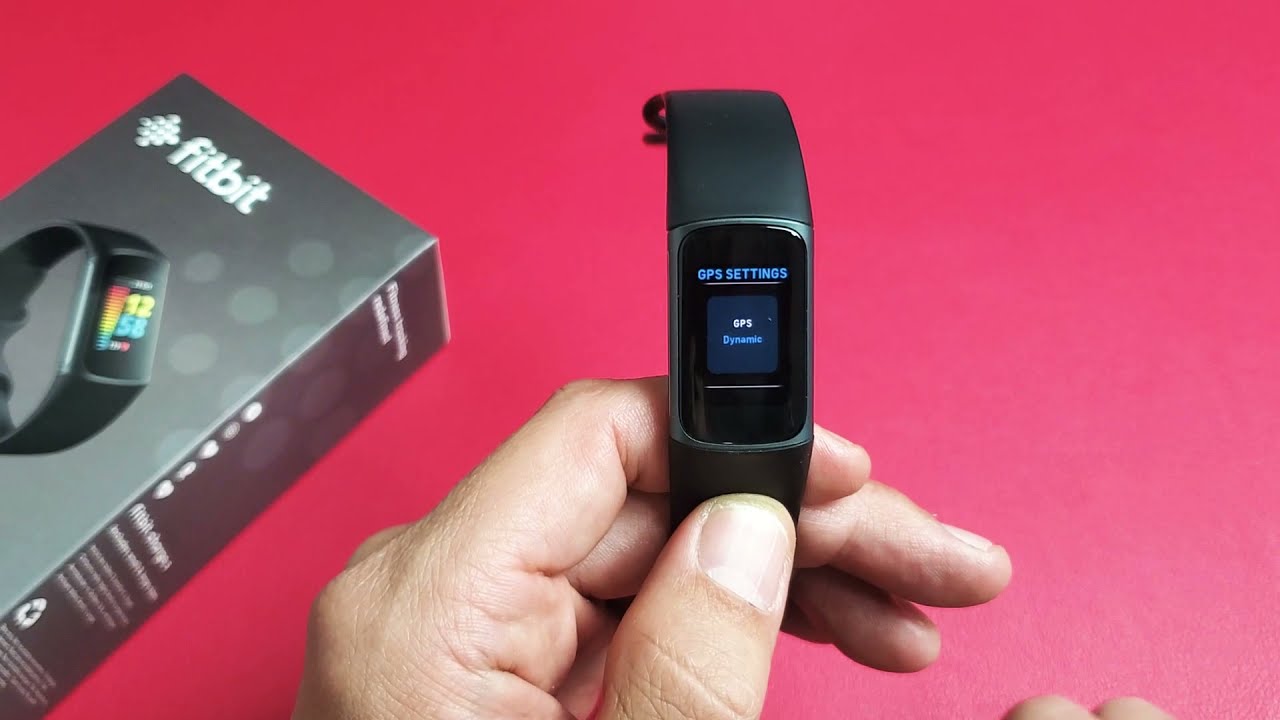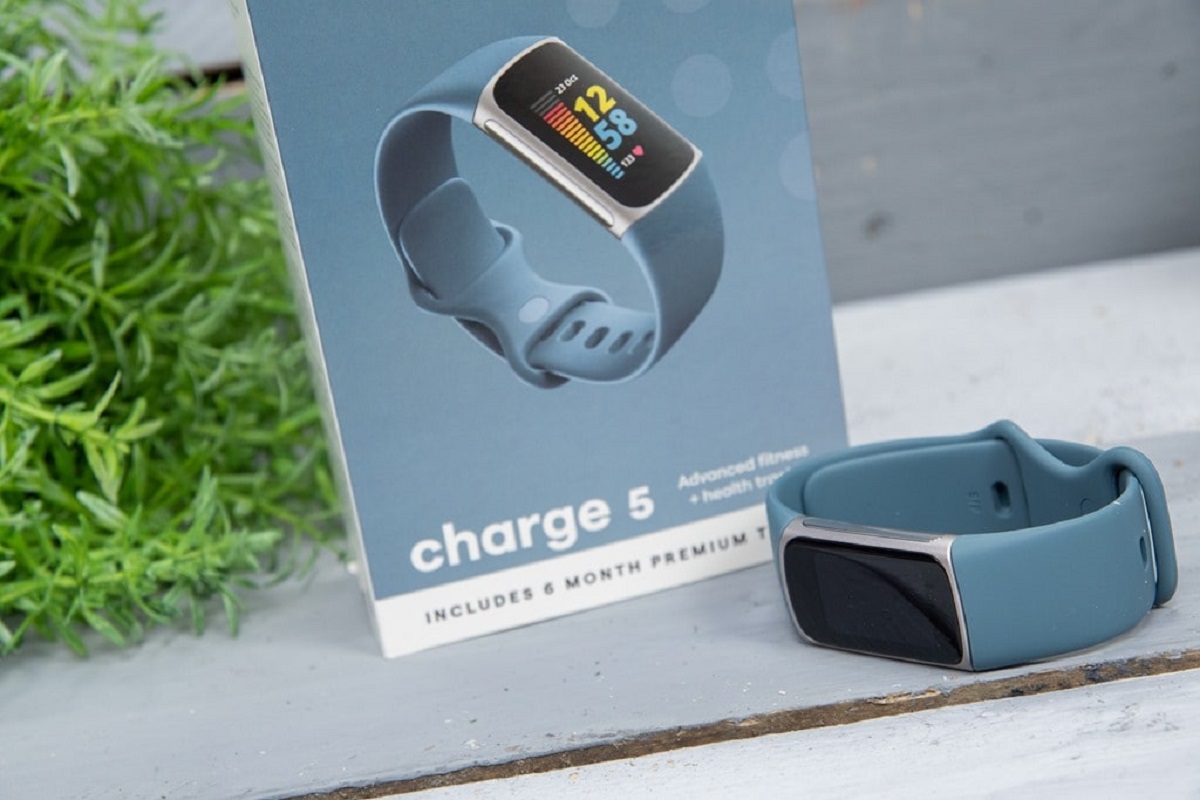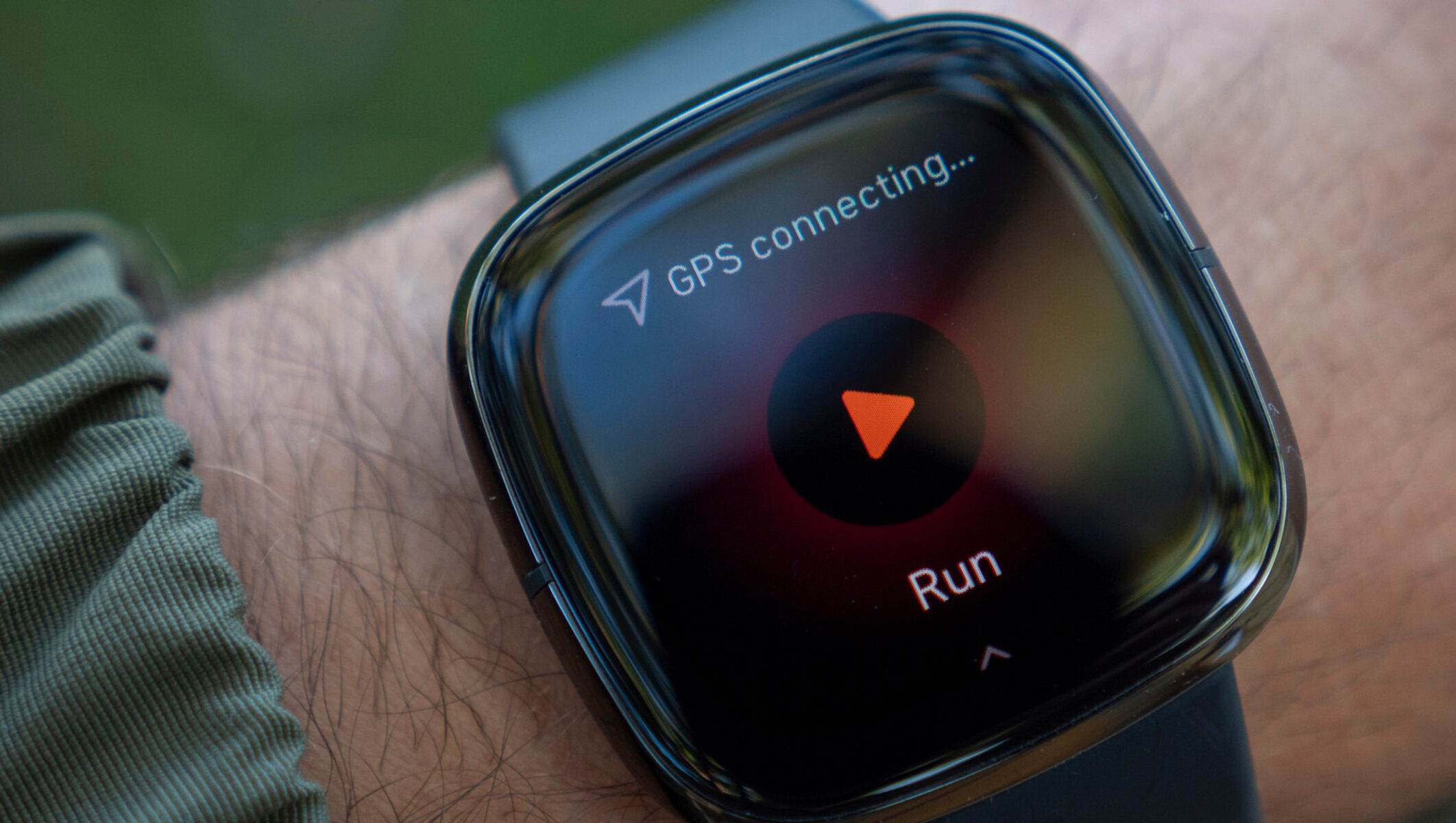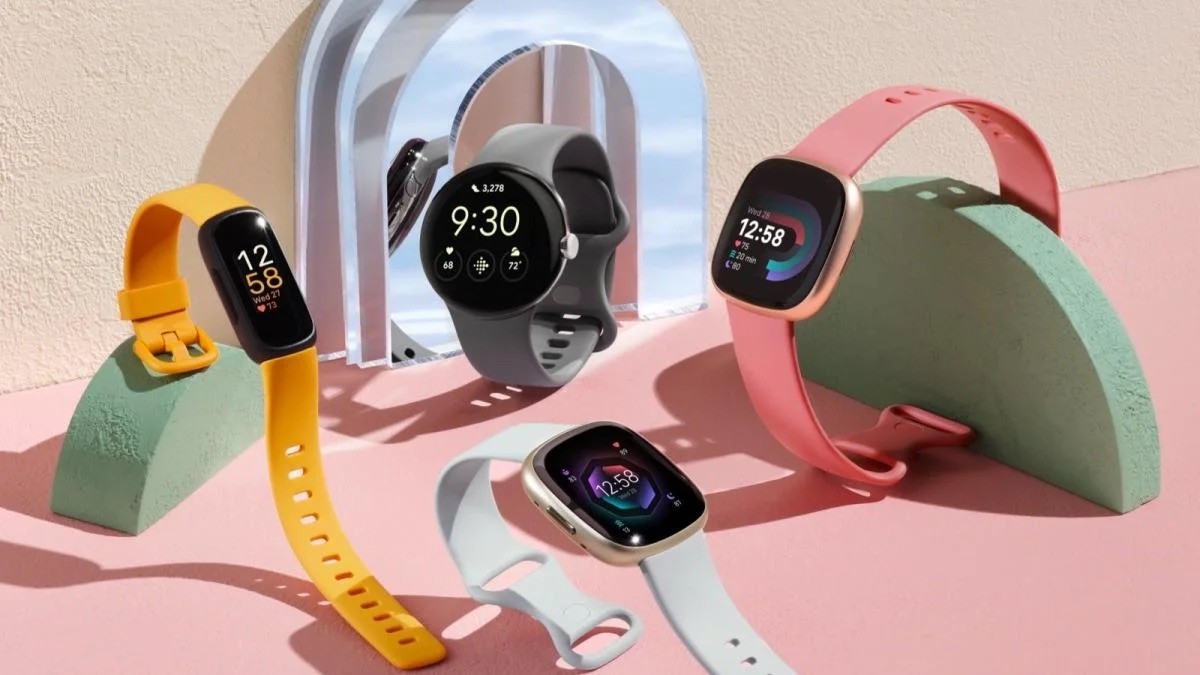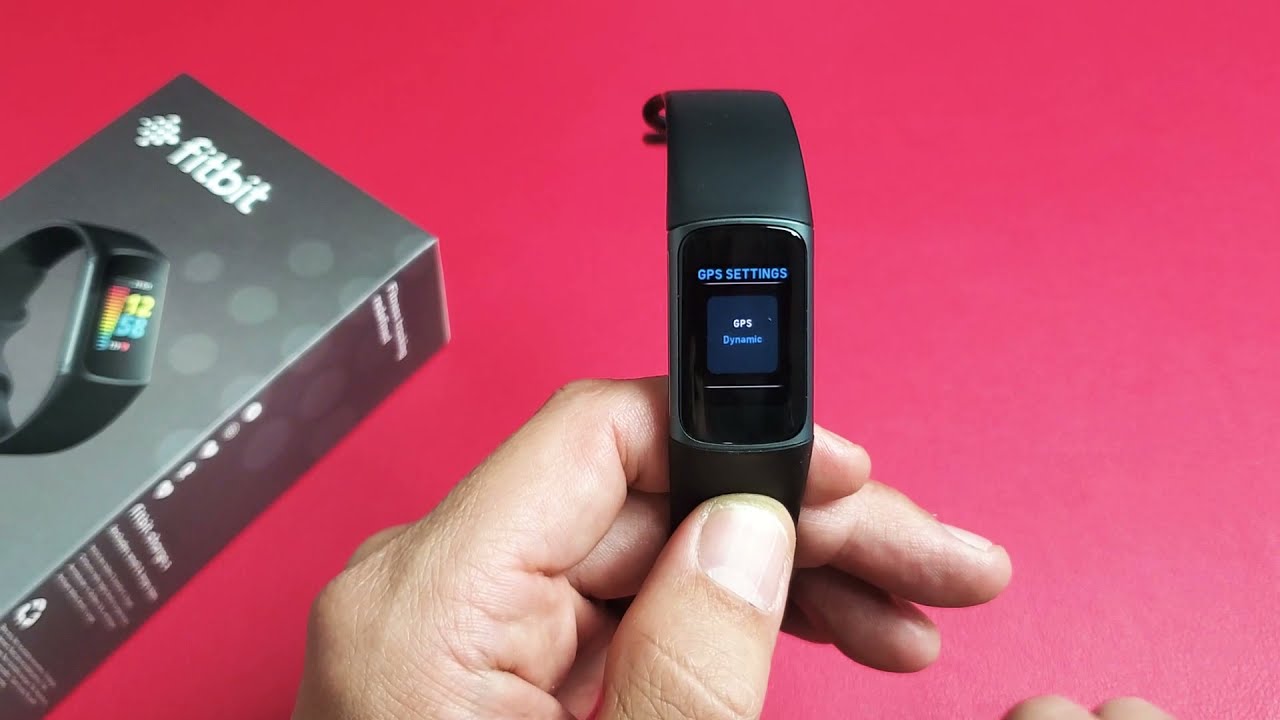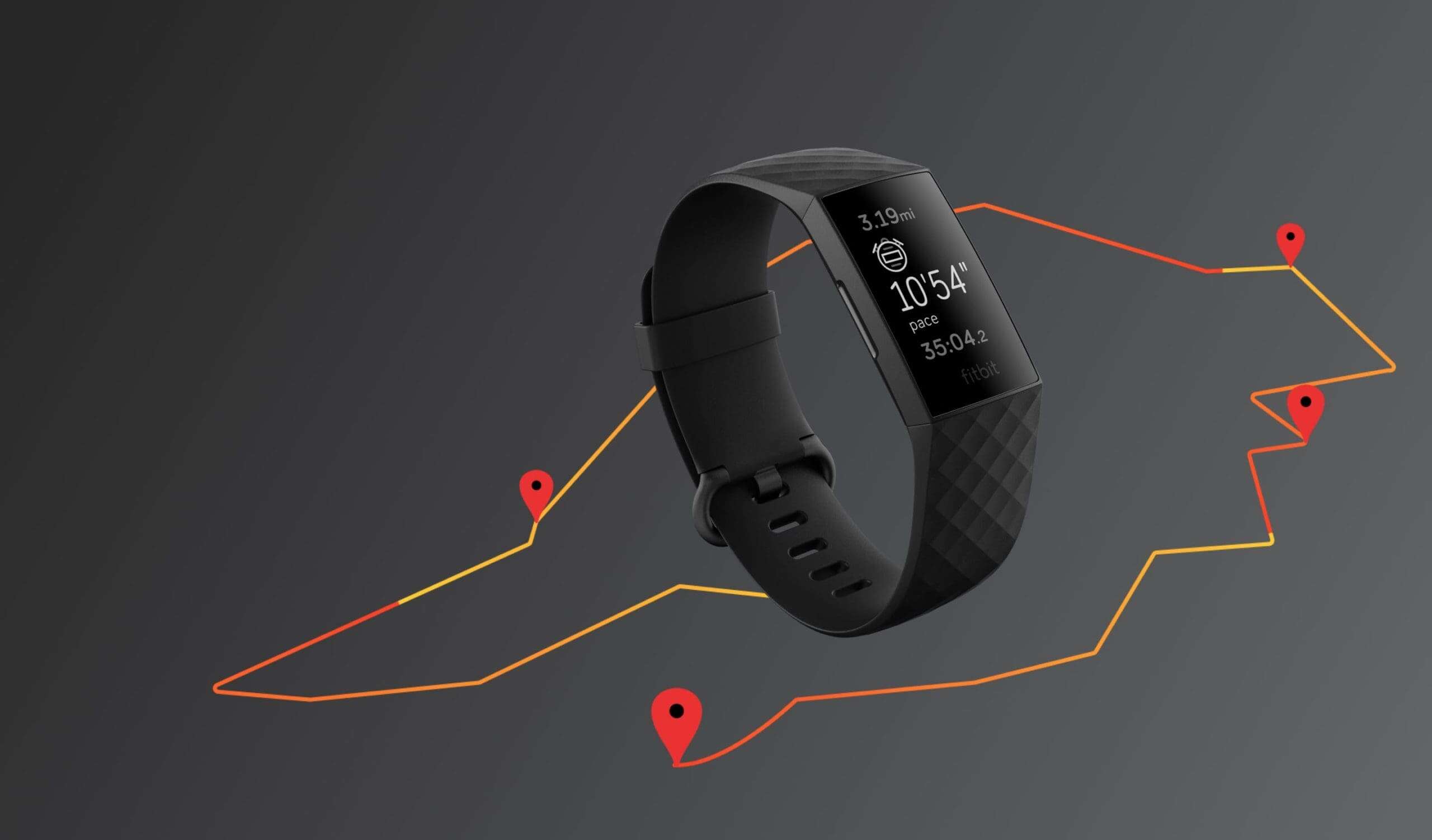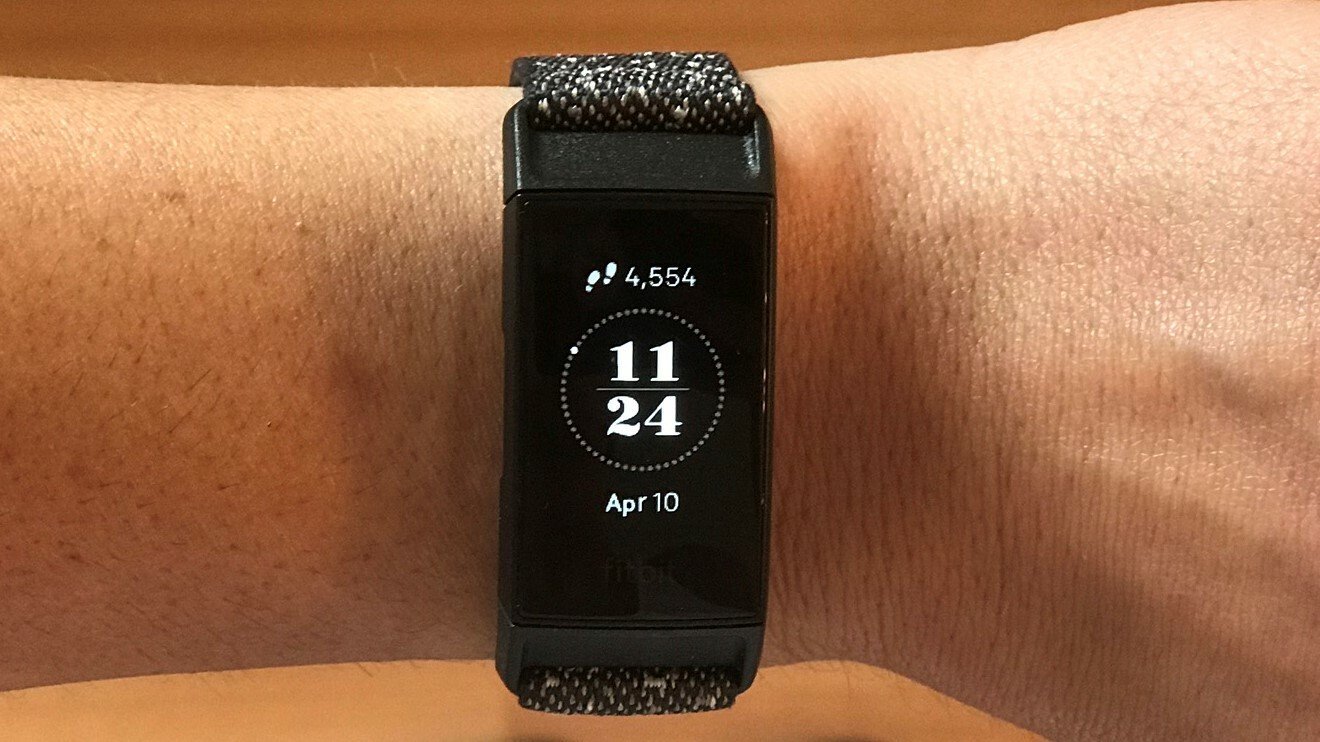Introduction
In the realm of fitness and wellness, the integration of technology has revolutionized the way individuals monitor and enhance their physical activities. One such advancement is the incorporation of GPS (Global Positioning System) technology into wearable fitness devices, such as Fitbit. GPS functionality on Fitbit devices empowers users to accurately track their outdoor workouts, including running, hiking, and cycling, by precisely capturing their routes, distances, and pace. This not only provides valuable insights into one's fitness progress but also adds a layer of motivation and excitement to the overall workout experience.
The utilization of GPS on Fitbit devices is instrumental in elevating the level of precision and detail in activity tracking. By harnessing the power of satellite positioning, users can gain a comprehensive understanding of their exercise routines, enabling them to make informed decisions to optimize their fitness journey. Whether it's exploring new running trails, conquering challenging terrains, or simply enjoying the great outdoors, the integration of GPS on Fitbit devices opens up a world of possibilities for fitness enthusiasts.
As we delve into the intricacies of enabling and utilizing GPS on Fitbit devices, it's essential to grasp the significance of this feature in amplifying the overall fitness experience. From enhancing accuracy in distance measurements to providing real-time pace updates, GPS functionality on Fitbit devices serves as a guiding beacon for individuals striving to achieve their fitness goals. Moreover, the seamless integration of GPS technology into Fitbit devices aligns with the brand's commitment to empowering users with actionable insights and personalized feedback, fostering a holistic approach to health and fitness.
With the foundation laid for understanding the pivotal role of GPS on Fitbit devices, it's time to embark on a journey of discovery, unraveling the steps to enable and maximize the potential of GPS for outdoor activities. Let's navigate the realm of fitness with precision and purpose, leveraging the power of GPS to elevate our fitness endeavors.
Understanding GPS on Your Fitbit Device
GPS, short for Global Positioning System, is a revolutionary technology that has seamlessly integrated into Fitbit devices, offering users a myriad of benefits in tracking their outdoor activities. This advanced feature harnesses satellite signals to accurately pinpoint the user's location, enabling precise tracking of routes, distances, and pace during workouts such as running, cycling, and hiking.
The integration of GPS on Fitbit devices brings a new dimension to activity tracking, allowing users to gain comprehensive insights into their outdoor exercises. By leveraging satellite positioning, Fitbit devices equipped with GPS can provide real-time data on distance covered, elevation changes, and even the mapping of workout routes. This level of detail not only enhances the accuracy of fitness tracking but also adds a sense of adventure and accomplishment to outdoor activities.
In the context of fitness, GPS on Fitbit devices serves as a game-changer, empowering users to explore new running trails, conquer challenging terrains, and set ambitious fitness goals with confidence. The ability to accurately measure distances and monitor pace in real time offers a deeper understanding of one's performance, enabling informed adjustments to workout strategies for improved results.
Moreover, the integration of GPS aligns seamlessly with Fitbit's commitment to delivering actionable insights and personalized feedback to users. By incorporating GPS functionality, Fitbit devices enable individuals to gain a holistic view of their fitness journey, fostering motivation and a sense of achievement.
Understanding the capabilities of GPS on Fitbit devices paves the way for maximizing its potential in enhancing outdoor activities. From precise distance tracking to detailed route mapping, the integration of GPS technology elevates the fitness experience, providing users with the tools to embark on exhilarating outdoor adventures while staying connected to their fitness goals.
Enabling GPS on Your Fitbit Device
Enabling GPS on your Fitbit device is a straightforward process that unlocks a world of possibilities for outdoor fitness enthusiasts. Whether you're an avid runner, cyclist, or hiker, harnessing the power of GPS can elevate your workout experience by providing accurate tracking of your routes, distances, and pace. To enable GPS on your Fitbit device, follow these simple steps:
-
Ensure Device Compatibility: First and foremost, ensure that your Fitbit device is equipped with built-in GPS functionality. Models such as Fitbit Charge 4, Fitbit Ionic, and Fitbit Versa 3 come with integrated GPS, enabling you to track outdoor activities without needing to carry your smartphone.
-
Update Firmware: It's essential to keep your Fitbit device's firmware up to date to access the latest features and enhancements, including GPS functionality. Check for firmware updates through the Fitbit app on your smartphone and install any available updates for your device.
-
Activate GPS: To activate GPS on your Fitbit device, navigate to the Exercise app and select the outdoor workout activity you intend to engage in, such as running or cycling. Once you've chosen the activity, your Fitbit device will prompt you to enable GPS to accurately track your workout. Follow the on-screen instructions to activate GPS.
-
Wait for Signal Acquisition: Upon enabling GPS, your Fitbit device will initiate the process of acquiring satellite signals to establish your precise location. This may take a few moments, especially if you're in an area with limited visibility to the sky, such as dense urban environments or heavily wooded trails. Patience is key as your device locks onto satellite signals.
-
Begin Your Workout: Once your Fitbit device has successfully acquired GPS signals, you're all set to embark on your outdoor workout. Start your activity, and your device will continuously track your route, providing real-time data on distance covered, pace, and elevation changes.
Enabling GPS on your Fitbit device empowers you to venture into the great outdoors with confidence, knowing that your fitness tracking is backed by precise satellite positioning. By seamlessly integrating GPS technology into your fitness routine, you can explore new trails, conquer challenging terrains, and push your limits while staying connected to your fitness goals.
With GPS activated on your Fitbit device, you're ready to unleash the full potential of outdoor activities, backed by accurate tracking and detailed insights into your performance. It's time to elevate your fitness journey and embrace the thrill of outdoor workouts with the power of GPS at your fingertips.
Using GPS for Outdoor Activities
Utilizing GPS on your Fitbit device for outdoor activities opens up a realm of exciting possibilities, empowering you to embark on exhilarating adventures while staying connected to your fitness goals. Whether you're a passionate runner, cyclist, or hiker, integrating GPS into your outdoor workouts enhances the overall experience by providing accurate tracking and detailed insights into your performance.
When engaging in outdoor activities such as running, GPS functionality on your Fitbit device allows for precise tracking of your routes, delivering real-time data on distances covered, pace, and elevation changes. This level of accuracy not only provides a deeper understanding of your performance but also adds a sense of purpose and motivation to your workouts. As you explore new running trails or conquer challenging terrains, GPS enables you to stay connected to your progress, inspiring you to push your limits and achieve your fitness milestones.
Cyclists can leverage GPS on their Fitbit devices to map out and track their cycling routes with precision. Whether it's a leisurely ride through scenic landscapes or an intense cycling session, GPS technology ensures that every pedal stroke is captured accurately, allowing cyclists to monitor their distances, speeds, and elevation changes. This level of detail not only enriches the cycling experience but also empowers cyclists to set and accomplish new goals, whether it's conquering steep inclines or achieving personal distance records.
For hiking enthusiasts, GPS becomes an indispensable tool for navigating and tracking outdoor treks. Fitbit devices equipped with GPS enable hikers to accurately monitor their hiking routes, ensuring that every step taken is accounted for. From measuring distances to recording elevation gains, GPS enhances the hiking experience by providing valuable insights into the intensity and challenges of each trail. Whether it's a leisurely nature walk or a demanding mountain ascent, GPS empowers hikers to immerse themselves in the great outdoors while maintaining a clear connection to their fitness achievements.
In essence, using GPS for outdoor activities with your Fitbit device transcends traditional workout tracking, infusing your adventures with precision, purpose, and excitement. By harnessing the power of GPS technology, you can elevate your outdoor activities, explore new horizons, and conquer new fitness challenges with confidence and clarity. It's time to embrace the boundless potential of outdoor workouts, guided by the precision of GPS and fueled by the thrill of exploration.
Tips for Maximizing GPS Accuracy
-
Optimize Satellite Visibility: Prior to commencing your outdoor workout, ensure that your Fitbit device has a clear line of sight to the sky. This facilitates the acquisition of satellite signals, enhancing the accuracy of GPS tracking. Avoid starting your activity in areas obstructed by tall buildings, dense tree cover, or other structures that may impede satellite visibility.
-
Allow Signal Acquisition Time: Upon enabling GPS on your Fitbit device, allow sufficient time for signal acquisition before commencing your workout. In areas with limited visibility to the sky, such as urban environments or densely wooded trails, the process of locking onto satellite signals may take a few moments. Patience is key to ensuring optimal GPS accuracy.
-
Regular Firmware Updates: Keep your Fitbit device's firmware up to date to access the latest GPS enhancements and optimizations. Firmware updates often include improvements to GPS functionality, ensuring that your device operates at peak accuracy and efficiency.
-
Maintain Clear Pathways: During your outdoor activities, strive to maintain clear pathways for your Fitbit device to maintain consistent satellite connectivity. Avoid sudden obstructions or prolonged periods in areas with limited sky visibility to prevent interruptions in GPS tracking.
-
Calibrate Elevation Settings: If your Fitbit device allows for manual elevation calibration, take the time to ensure that the elevation settings are accurately configured. This calibration contributes to more precise elevation tracking during your workouts, enhancing the overall accuracy of GPS data.
-
Avoid Interference: Minimize potential sources of interference that could disrupt GPS signals, such as electronic devices emitting strong radio frequencies. Additionally, be mindful of environmental factors, such as heavy cloud cover or severe weather, which may impact GPS accuracy.
-
Review GPS Performance: After completing your outdoor workout, take a moment to review the GPS performance data captured by your Fitbit device. Analyze the accuracy of route tracking, distance measurements, and pace calculations to identify any potential areas for improvement.
By implementing these tips, you can maximize the accuracy of GPS tracking on your Fitbit device, ensuring that your outdoor activities are captured with precision and reliability. These strategies empower you to make the most of GPS technology, enhancing your fitness journey with accurate and insightful data.
Conclusion
In conclusion, the integration of GPS technology into Fitbit devices marks a significant leap forward in the realm of fitness tracking and outdoor activities. The seamless fusion of satellite positioning and wearable technology empowers users to embark on outdoor workouts with precision, purpose, and enthusiasm. By enabling GPS on their Fitbit devices, individuals can accurately track their routes, distances, and pace during activities such as running, cycling, and hiking, thereby gaining valuable insights into their fitness progress.
The utilization of GPS on Fitbit devices transcends traditional workout tracking, offering a gateway to immersive outdoor adventures and exploration. Whether it's conquering new running trails, pushing the boundaries of cycling routes, or embracing the challenges of hiking paths, GPS technology serves as a guiding companion, providing real-time data and detailed insights into each outdoor activity. This not only elevates the fitness experience but also instills a sense of achievement and motivation, propelling users towards their wellness goals.
The tips provided for maximizing GPS accuracy serve as valuable guidelines for users to optimize their outdoor workout experiences. By optimizing satellite visibility, allowing sufficient signal acquisition time, and staying vigilant about potential sources of interference, users can ensure that their Fitbit devices capture their outdoor activities with utmost accuracy. These strategies enhance the reliability of GPS tracking, allowing users to make informed decisions and adjustments based on precise data.
As we navigate the realm of fitness with GPS-enabled Fitbit devices, the potential for outdoor activities expands exponentially. The ability to explore new terrains, conquer challenging routes, and set ambitious fitness goals is amplified by the accuracy and reliability of GPS technology. Moreover, the seamless integration of GPS aligns with Fitbit's commitment to delivering actionable insights and personalized feedback, fostering a holistic approach to health and fitness.
In essence, enabling GPS on Fitbit devices is not merely about tracking outdoor workouts; it's about embarking on a journey of discovery, empowerment, and achievement. It's about embracing the great outdoors with confidence, knowing that every step, pedal stroke, or stride is captured with precision. It's about pushing the boundaries of fitness and wellness, guided by the unwavering accuracy of GPS technology.
With GPS at their fingertips, users can navigate their fitness journeys with clarity and purpose, unlocking the full potential of outdoor activities. It's time to embrace the thrill of exploration, the joy of accomplishment, and the empowerment of precision tracking. With GPS-enabled Fitbit devices, the path to fitness is illuminated by the precision of satellite positioning, guiding users towards their wellness aspirations with unwavering accuracy and unwavering motivation.







